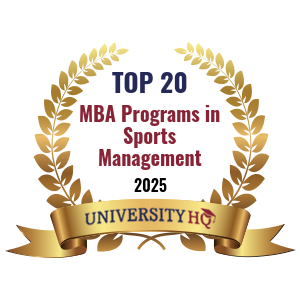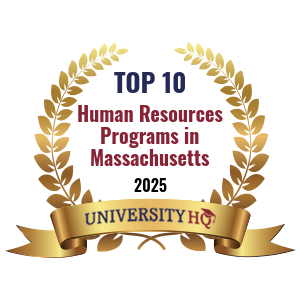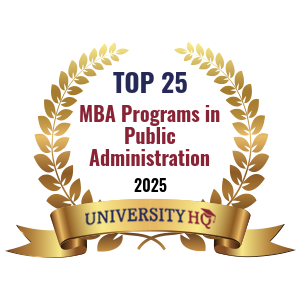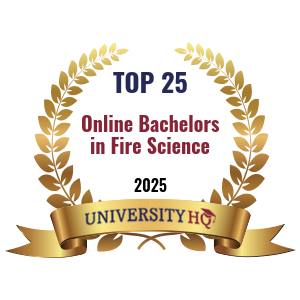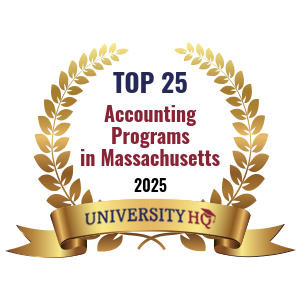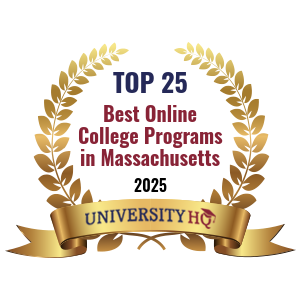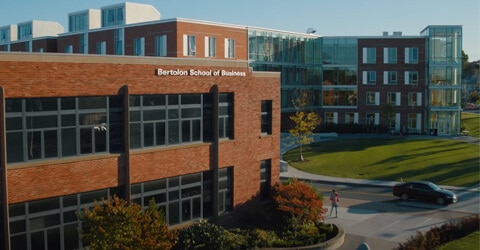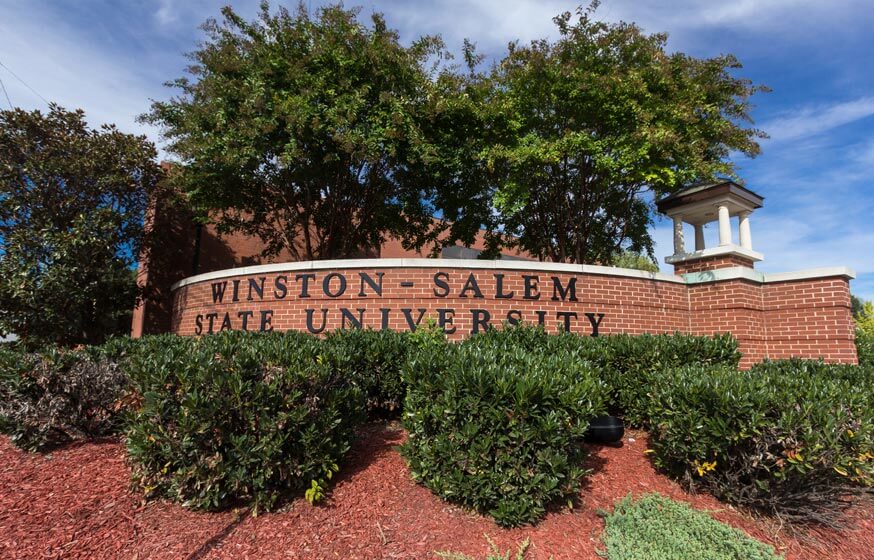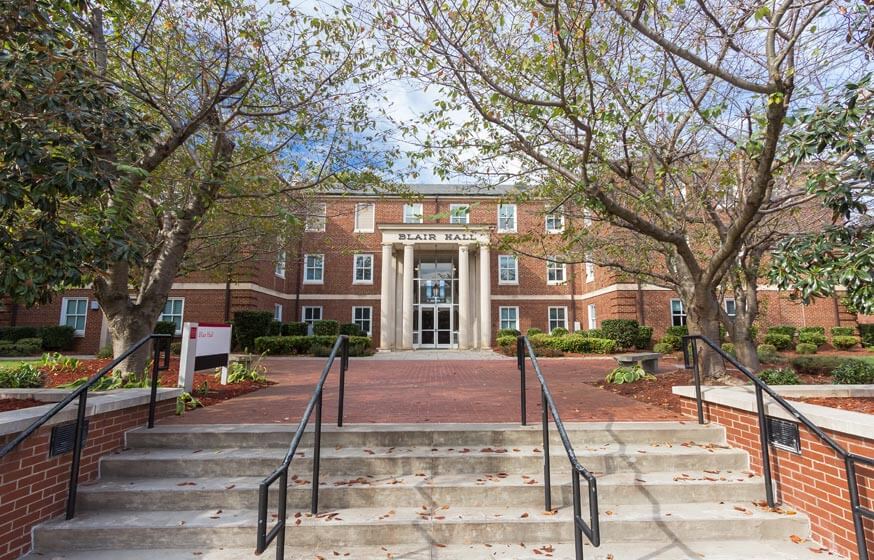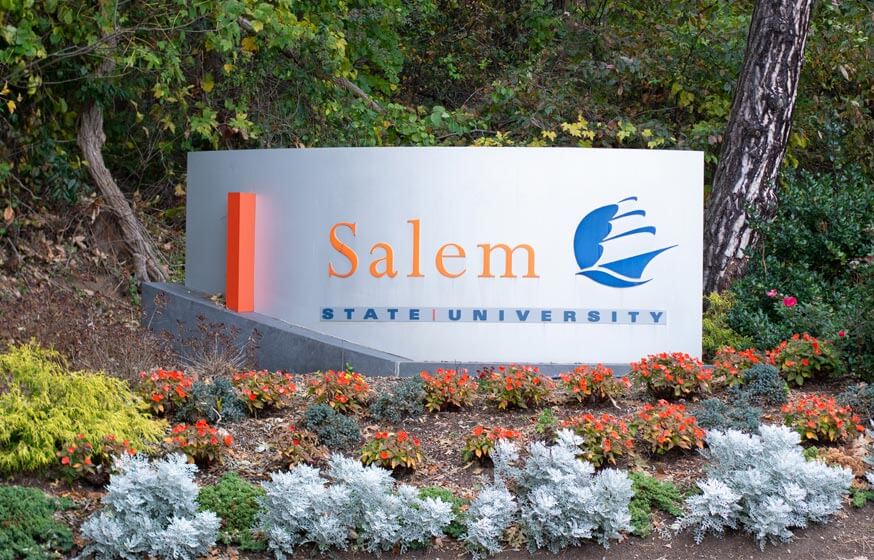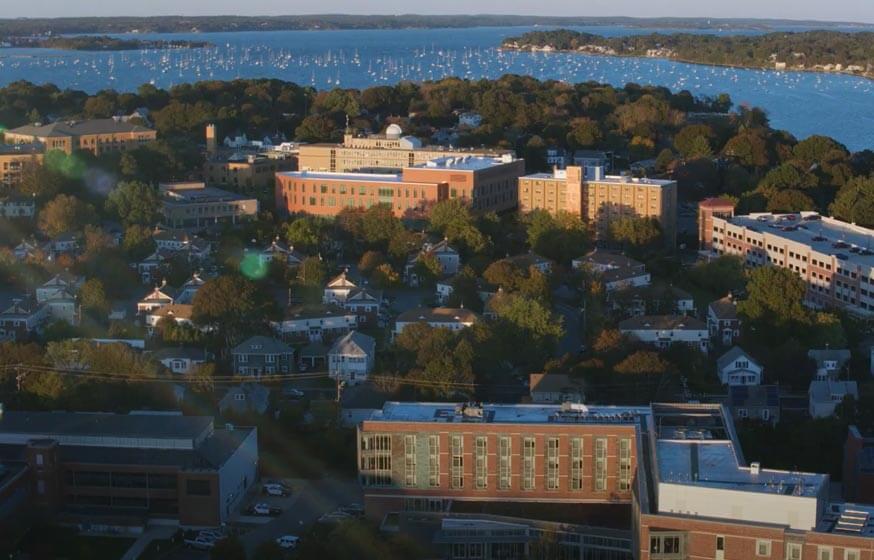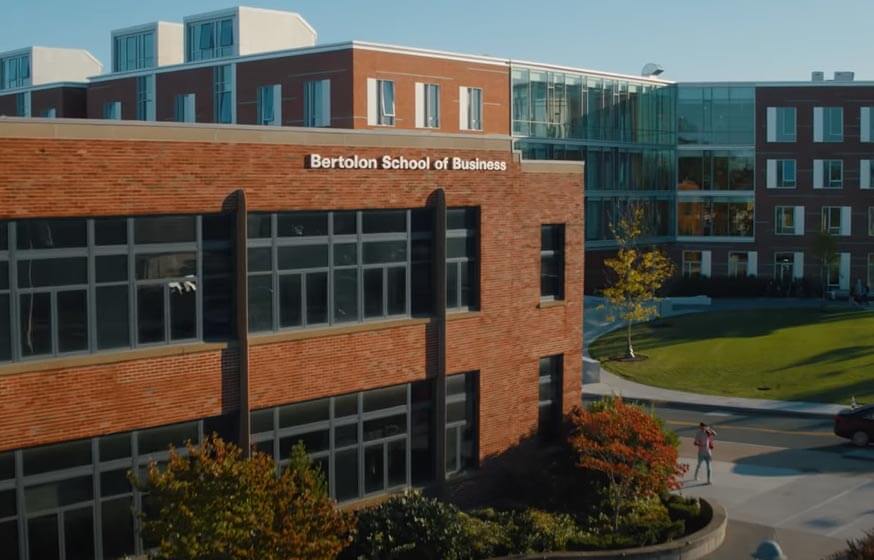Get Matched With Online Colleges
Salem State University (SSU) is located in Salem, Massachusetts and is a public university. Established in 1854, SSU has over 7,500 undergraduate students from 27 different states and 57 foreign countries, giving you a remarkably diverse campus population. The most popular majors are nursing and psychology, and SSU also offers 13 different graduate programs if you decide to continue your education to the master’s or doctorate level.
Search All Programs
Overview of Salem State University (SSU)
The campus itself consists of 115 acres, located 15 miles northeast of Boston, so you’ll live in a suburban area close to major city attractions in one of the most historical areas of the country. Public transportation is readily available should you decide to explore this metropolitan area.
With over 70 student organizations to join and a full range of athletics, there’s something for everyone at SSU and something scheduled nearly every night of the week. Roughly one third of students live in college housing, with the other two-thirds living off campus.
Salem State University's ranking in the 2020 edition of Best Regional Universities in the North is 119, which means your future employers will appreciate your degree more than they would if it were from a lower ranked college. Because of the proximity to Boston, most students can easily find internships and positions that add value to their college record.
General Information
| School Type | Public |
|---|---|
| Campus Setting | Suburb: Large |
| Campus Housing | Yes |
| Student Faculty Ratio | 14:1 |
| Graduation Rate | 57% |
| Year Founded | 1854 |
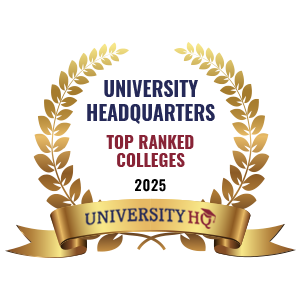
Student Enrollment
Total Students8,338
6,811
1,527
Undergraduate Student
Male 5,585
Female 4,223
Graduate Student
Male 580
Female 947
Explore Map
Top Rankings For Salem State University
SSU Acceptance Rate and Admissions
APPLICATION5,825
ACCEPTANCE5,010
Acceptance Rate86%
Enrollment 1,002
| Admissions | |
|---|---|
| Application Fee | $50 |
| High School GPA | Required |
| High School Rank | NA |
| High School Transcripts | Required |
| College Prep Courses | Required |
| Recommendations | NA |
| Formal demonstration of competencies | Recommended |
| SAT/ACT | Considered but not Required |
| TOEFL (Test of English as a Foreign Language) | Required |
| Application Deadline | December 1 |
| Common Application Accepted | No |
SSU Tuition Cost & Financial Aid
When you’re choosing a school, don’t eliminate a favorite due to sticker shock. Although the price of attending may seem out of reach, the average net cost (original price minus financial aid) may be well within your budget. You first step in the college application process should be completing the Free Application for Federal Student Aid (FAFSA), which is a standard requirement of all financial aid offices. Your FAFSA will also be used to relay your finances to any grant or scholarship applications you may complete and is also a requirement for federal student loans. If finances are tight, you should dedicate several hours a week to finding grants and scholarships and applying for as many as you may qualify for.
| Average net price | 2018-2019 |
|---|---|
| Net Price | $17,720 |
| Average Total Aid | $7,765 |
| Students Receiving Financial Aid | 92% |
| Room & Board | $14,052 |
Sticker Price
- Tuition In-State - $11,128
- Tuition Out-of-State - $17,994
- Books and Supplies - $1,200
- Room & Board - $14,052
- Other - $1,784
Academics
College academics involves more than the list of available degrees and courses. Here are some terms to look for that may indicate a school’s dedication to students once enrollment is completed, and what they can mean to your goal of successfully completing your higher education degree.
- Retention Rate: This is the number of freshmen students who return to the same college for their second year.
- Graduation Rate: The graduation rate can be an indicator of how much a school is vested in the success of their students once they’re enrolled.
- Student-to-Faculty Ratio: This indicates the average size of your classes and how personalized your school experience may be; larger classes tend to be taught in an auditorium-type setting.
- Student Population Total: The total population can give you an idea of the social setting within a college campus and may help you decide whether you want a more personalized experience.
- Distance Learning: As evidenced by the pandemic, distance learning should be an option to look for, even if you plan to attend in person.
- Accreditation: Always check the accreditation of the schools you consider as it indicates that the school or program has been evaluated on a national level.
Retention
Rate
4 year
Graduation
Rate
6 year
Graduation
Rate
Student Population Total
Student Population 8,338
6,811
1527
Most Popular Programs & Majors
(# of Diplomas Awarded by Subject)
| All Business Majors | 359 Total Graduates / 23% |
|---|---|
| Business Administration and Management, General | 79 Graduates |
| Marketing/Marketing Management, General | 67 Graduates |
| Accounting | 59 Graduates |
| Finance, General | 48 Graduates |
| Health Professions and Related Programs | 228 Total Graduates / 14% |
| Registered Nursing/Registered Nurse | 160 Graduates |
| Health/Health Care Administration/Management | 30 Graduates |
| Rehabilitation and Therapeutic Professions, Other | 17 Graduates |
| Occupational Therapy/Therapist | 8 Graduates |
| All Psychology Majors | 143 Total Graduates / 9% |
| Psychology, General | 137 Graduates |
| Applied Behavior Analysis | 6 Graduates |
| All Education Majors | 133 Total Graduates / 8% |
| Early Childhood Education and Teaching | 70 Graduates |
| Elementary Education and Teaching | 37 Graduates |
| Education, General | 11 Graduates |
| History Teacher Education | 7 Graduates |
| All Biological & Biomedical Majors | 119 Total Graduates / 7% |
| Biomedical Sciences, General | 73 Graduates |
| Marine Biology and Biological Oceanography | 17 Graduates |
| Biology/Biological Sciences, General | 11 Graduates |
| Biochemistry | 8 Graduates |
| Homeland Security, Law Enforcement, Firefighting and Related Protective Services | 119 Total Graduates / 7% |
| Criminal Justice/Law Enforcement Administration | 63 Graduates |
| Forensic Science and Technology | 41 Graduates |
| Fire Services Administration | 15 Graduates |
| All Other Diplomas | 31% |
Outcome & Salary
Upon graduating from Salem State, graduates can expect an early-career salary of $47,200 and a mid-career salary of $86,300. Compared to the national average salary of those with no college education, who earn an average of $37,960 annually, you can easily understand the financial benefits of a college degree.
In the long run, your return on investment (ROI) or earning potential minus cost of education, is $642,560 in 10 years and a potential of $1,505,560 in 20 years. Although those with no degree also have no education costs, their potential earnings only average $379,600 within 10 years and double that in 20 years. Note that these figures do not include those who continue their education to the graduate degree levels, which hold much higher potential salaries.
| Graduates Salary | |
|---|---|
| College Grads Early Career Salary | $47,200 |
| College Grads Average Salary | $64,256 |
| College Grads Mid Career Salary | $86,300 |
| Return on Investment (ROI) | |
|---|---|
| 10 Year Salary Earnings Potential | $642,560 |
| 20 Year Salary Earnings Potential | $1,505,560 |
| Cost of Education (Net Price) 4 Year | $70,880 |
| 10 Year Projected ROI | $571,680 |
| 20 Year Projected ROI | $1,434,680 |
| No College Education Salary Comparison | |
|---|---|
| National Average Salary | $37,960 |
| 10 Year Projected Income | $379,600 |
| 20 Year Projected Income | $759,200 |
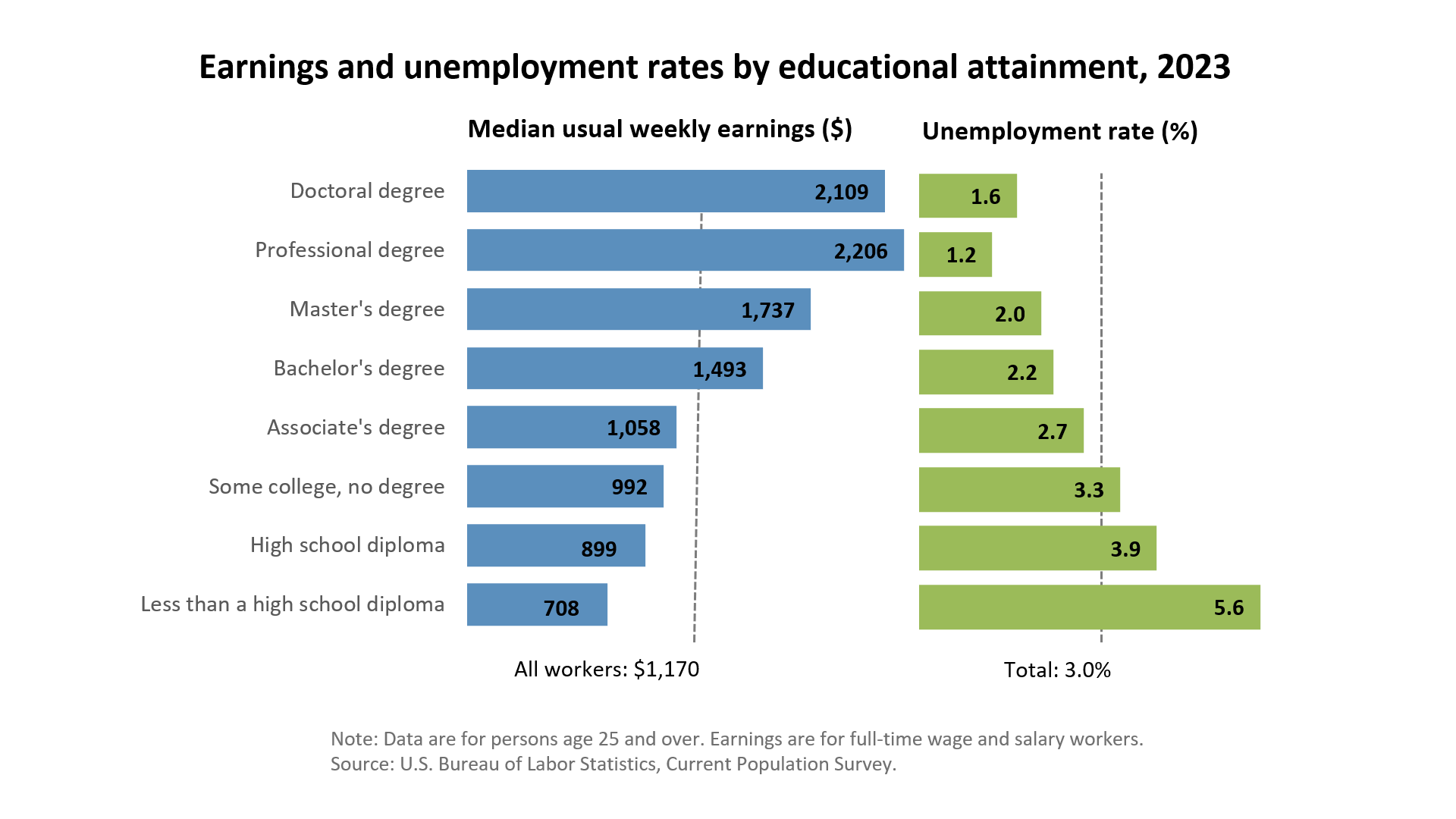
Related Top College Resources

